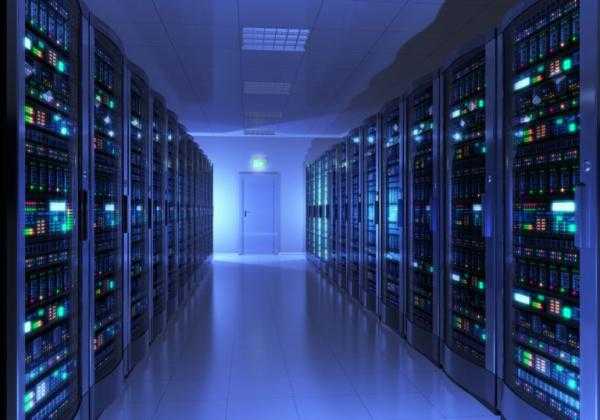Data serves as a linchpin across diverse industries, and virtual data rooms have seamlessly woven themselves into the fabric of business infrastructure. Yet, as businesses navigate the tangible expenses associated with establishing and sustaining a data center, a fog of ambiguity often shrouds the true cost dynamics, leaving decision-makers grappling with uncertainty in optimal solution selection. Within this article, we unravel the intricacies of factors influencing data room costs, offering insights to empower strategic decision-making and clarity amidst the financial maze.
Equipment and infrastructure
The first and primary factor affecting cost is hardware. The choice of servers, storage, networking equipment and cooling systems directly impacts the final cost. It is important to approach this choice with consideration of:
- current needs;
- consider possible future expansions to avoid frequent and costly upgrades.
The choice of servers plays an important role in determining the cost of the best data rooms. For example, consider the comparison between using physical servers and a virtual machine (VM):
- Physical servers can be more costly in terms of acquisition and maintenance costs, but they provide high performance for compute-intensive tasks.
- Virtual machines, on the other hand, allow for more efficient use of resources, which can be advantageous for handling many small tasks.
The choice of storage system also has a significant impact on budget. For example, using traditional hard disk drives (HDDs) may be a more budget-friendly option at the start, but they tend to be less fast compared to solid state drives (SSDs). Considering the type of data and performance requirements helps you choose the best storage.
An efficient network infrastructure reduces time delays and ensures stable data room comparison performance. For example, the use of high-speed Ethernet switches can improve network bandwidth, which is especially important when handling large amounts of data and providing reliable access.
Cooling systems are an integral part of ensuring stable equipment performance. Let’s look at an example of a liquid cooling application. Liquid cooling systems can be more efficient than fans and air conditioners in high-density server environments, saving energy and reducing cooling costs.
Other factors
In addition to hardware and infrastructure, there are a number of other factors that have a significant impact on overall data room providers costs.
Energy consumption and efficiency
Data room software requires significant amounts of energy to keep equipment running and cool. Energy efficiency plays a key role in managing costs. Using energy-efficient technologies such as water cooling systems and server virtualization can significantly reduce energy costs in the long term.
Security and compliance
Adhering to security and compliance standards represents an integral part of your data center strategy. This includes significant investment in access controls, such as the use of biometric systems, multifactor authentication and video surveillance systems. Such technologies provide protection against unauthorized access and are important in preventing leaks of sensitive information.
Protection against hacking is becoming a key aspect of electronic data room security. This includes the implementation of advanced systems for monitoring network activity, intrusion detection and threat detection. Keeping software up-to-date and utilizing encryption tools are also integral elements in combating modern cyber threats.
Management and maintenance
The cost of an online data room software is not just limited to infrastructure investments; a significant portion of the cost is related to management and maintenance. Paying highly trained staff to ensure smooth operations is a significant factor. Software to monitor and manage server and network performance also contributes significantly to the budget.
However, regular equipment maintenance also requires significant investment. This includes replacing worn components, updating software and ensuring overall system reliability. Optimizing these processes becomes critical, and this is where automation comes to the rescue.
Geographic location
Data center location is not just a choice on a map; it is a strategic decision that can have a significant impact on overall costs and efficiency. Energy costs are a major consideration. For example, locating in a region with high electricity tariffs may result in significant additional costs in the long term. On the other hand, choosing a region with available renewable energy sources can reduce environmental and financial costs.
Availability of skilled labor is another important aspect. Locating in a region with a high level of IT expertise can reduce training costs and increase operational efficiency. In addition, given the tax incentives in different regions, businesses can choose a location with the most favorable tax environment, reducing the financial burden.
Collectively, these factors form a complex landscape of virtual data room costs. Understanding the interrelationships between them and carefully considering the specific needs of the enterprise will help shape a strategy to optimize costs and ensure the long-term sustainability of the data center.
Conclusion
Demystifying the value of data room services requires a comprehensive approach and careful consideration of all factors. It is essential to create a balance between current needs and strategic growth plans. Making informed data center infrastructure decisions will enable businesses to optimize costs, increase efficiency and ensure sustainability in the long term.
